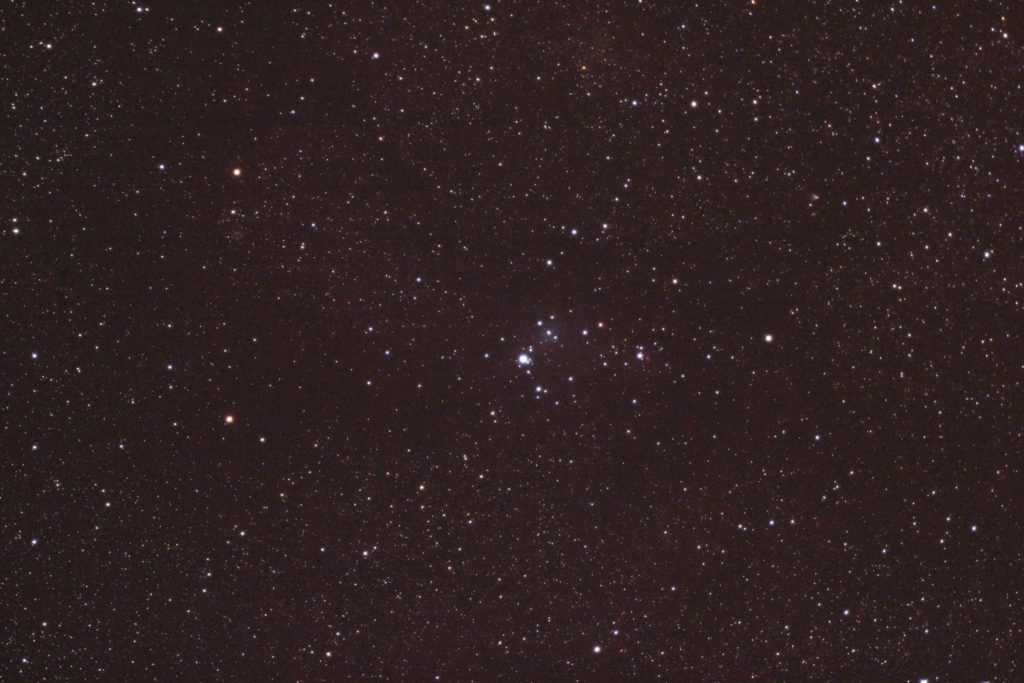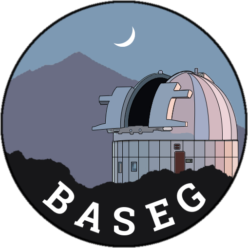Viewing time period – 23:32 – 02:05

With my trusty Night Sky Observers Guide (NSOG) Vol 1 at hand and some planning done during the day I head out for what appears to be yet another clear night. At 4,333 ft in the Hacienda villa complex (28°46’12.6″N 17°55’57.6″W – 28.770177, -17.932679) this week has been cloudy during the day (you are in the cloud) but clear every single night. We have had slight Calima when we arrived however for the past 2 nights the dust has been blown away by the westerly wind. The above image is from the previous night and as you can see the Calima was just off the North of the island.
A few comments on the NSOG before I continue. I mentioned previously I purchased from the Web Society, for which I am truly grateful. I like to think of the book as and advanced version of Turn Left at Orion but for the more serious astronomer. As an astronomer who likes both astrophotography and visual the book can be used for either. In the same way the Deep-Sky Observer magazine from the Webb Deep-Sky Society which I have now read 3 issues of has also inspired me to look for new objects, discover new catalogues and record my observations for myself and others.

So what did I look at tonight ?
NGC 1662 – This open cluster in Orion can be found at the top of his shield. I used the double star Pi1 Orionis to locate the right area and then looked through the 100mm Altair binos. A small scattering of stars and the more prominent making the cluster look like a capital E. Very pretty and an easy find for my first object this evening.
Delta Orionis – Still observing in Orion from the other night I returned to take another look at this variable double star also known as Mintaka. Recalling I had used yesterday during some star hoping and being part of the open cluster Cr 7, the primary component is about Mag +2 and the smaller secondary Mag +6.
 Enif – After another read of Sky and Telescope this month they had a writeup of double stars which in the past have been a passing interest of mine. Since I had these excellent binoculars on their APM tripod, which by the way is superbly designed, I thought taking in some of these objects would be fun. Enif, also known as Epsilon Pegasi is a 2nd magnitude star representing the front of the horses head. Epsilon peg is also called the pendulum star, for the simple reason if you look at it through a pair of binos or through a small telescope and then move it up and down with the double being on the left and right the brighter component moves first and then the dimmer component has a lag and finally races to catch up. A simple example of how the brain works but moving the binos in my case, up and down multiple stars makes the stars into a pendulum. Very nice indeed.
Enif – After another read of Sky and Telescope this month they had a writeup of double stars which in the past have been a passing interest of mine. Since I had these excellent binoculars on their APM tripod, which by the way is superbly designed, I thought taking in some of these objects would be fun. Enif, also known as Epsilon Pegasi is a 2nd magnitude star representing the front of the horses head. Epsilon peg is also called the pendulum star, for the simple reason if you look at it through a pair of binos or through a small telescope and then move it up and down with the double being on the left and right the brighter component moves first and then the dimmer component has a lag and finally races to catch up. A simple example of how the brain works but moving the binos in my case, up and down multiple stars makes the stars into a pendulum. Very nice indeed.
61 CYC – At the midnight hour I went in search of the piazza’s flying star, a fast moving binary system sweeping across the heavens at a rate of 5″ per year. That may not seem a lot until you realise that all the other stars in the vicinity don’t move visibly to us but this one does. The double red Mag +5 and +6 pair were easily seen in the binos and were a delightful sight indeed.
NGC 6833 – @00:16 I observed this open cluster in Cygnus, a large tightly packed cluster of star, however slightly dim to my eyes.
NGC 6826 – This ‘blinking’ planetary nebula in Cygnus is really good to look at through any size scope. Whilst in my giant binos it was not terribly large and extremely dim, it did indeed blink when you look at it then look away.
NGC 7293 – The Helix Nebula in Aquarius is simply massive! With an apparent size of nearly 15′ x 12′ (arcmins) I moved the binos just to the bottom left of Mars (clearly at the moment) and there is was large and bright in the FoV. Myself and Alan then viewed it through the 6” Dob and it filled the FoV however was very dim but definitely visible with direct vision (DV)
Neptune – By 00:46 it was time to hunt down the large outer gas planet Neptune. Alan and I observed this through both the 6” and the binos, again it was brighter in the 4″ binos than the 6″ reflector but clearly in the binos had a blue tinge to it.
Algol – Now it was 01:00 and I moved to Perseus to measure the magnitude of Algol. This star dims from +2.1 to +3.4 every 2 days, 20 hours and 49 mins for a 10 hour long partial eclipse. On our first night I had measured the stars magnitude by comparing against gamma Andromeda (Almach) and as expected both are indeed +2.1. Tonight I compared to Epsilon Persei (Adid Australis) which is a magnitude +2.9 star and then compared back to Almach and you could notice the difference, Algol was very much the same magnitude as Adid Australis tonight.
NGC 2175 – This open cluster in Orion shows a lightly scattered cluster which is very obvious to see and has a straight set of 3 stars running N-S towards the top of the FoV.
NGC 2169 – Another open cluster in Orion, this time a smaller cluster with a little triangle of stars and 3 stars above on diagonal. The star 70 Orionis is very bright down in the bottom left of the FoV with 67 Orionis in the top left.
NGC 2244 – Nearing the end of night for me as we are going trekking each day on the mountain. So at 01:07 I took a look at the open cluster in the Rosette emission nebula. It appeared very bright in the field of view and is also a very pretty cluster. There was no emission nebular seen, again not surprising with 4″ binos.
NGC 2264 – This is the Christmas Tree Cluster. Very easy to find at the horn of Monocerous and embedded in the centre of it is the naked eye star 15 Monocerotis which makes it easier to find.

(Image by Alan Lorrain)
